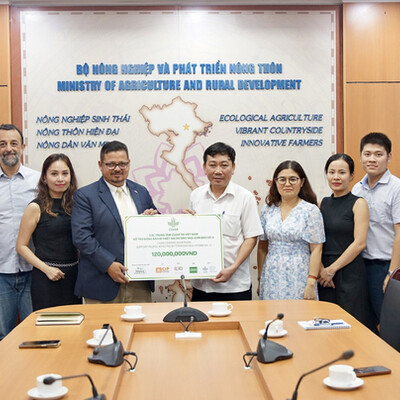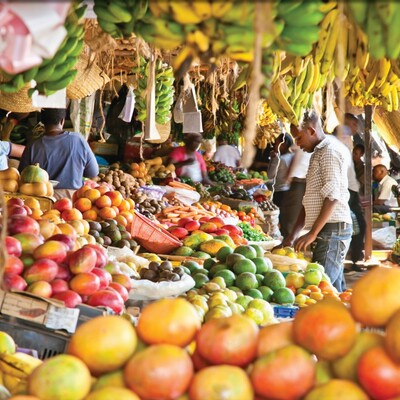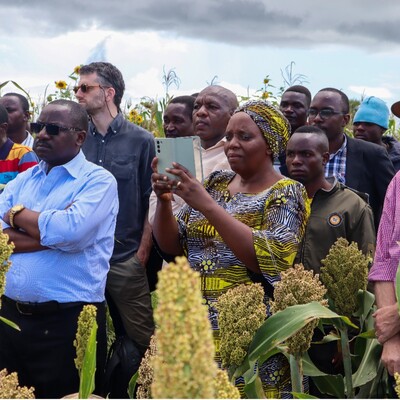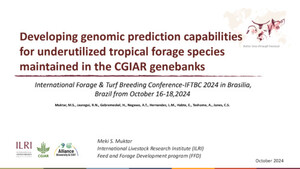
Integrating livelihoods and rights in livestock value chain research for women empowerment development programs
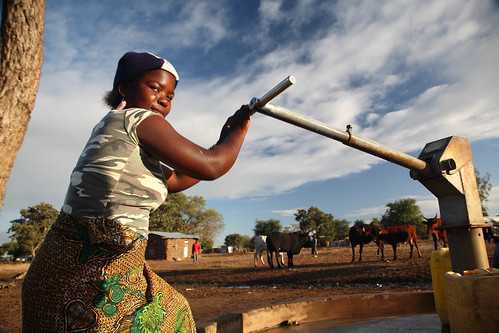
In the recent past, there has been an increase in calls for integration of gender in agricultural research and development (R&D) owing to the recognition that gender-blind interventions have ended up exploiting women in order to empower households. In response to the call, R&D actors are putting in place measures to guarantee that R&D projects are gender-integrated with a focus on increasing provision for women’s economic empowerment in order to increase the income under their control. Income under women’s control is often used as a proxy indicator for empowerment.
To measure the gendered impacts of economic development interventions, gender scientists are increasingly using assets over income because income is easy to underreport and fluctuates remarkably across the year for agricultural communities. Moreover, some scholars have reported that although earning an income can enhance women’s economic and social status, it would be naïve to assume that earning an income alone brings automatic benefits for women or for households (see report here). In addition, some gender practitioners also maintain that there still remains a critical question in economic development; how does increased access to resources translate into changes in empowerment, defined as the strategic choices that women are able to make as individuals and both at the household and community level? (See discussion paper here)
Thus, it is increasingly emerging that livelihoods and rights are inextricably linked in measuring women economic empowerment. However, most development programs focus solely on women empowerment issues as a stand-alone agenda, while the human and women rights movements focus on ensuring that women enjoy the same rights as men and have also addressed some of the gender specific circumstances, such as reproductive roles and domestic violence. A cliché to remember is that “owning assets does not automatically earn you rights, and having rights does not automatically put food on the table”.
Against this backdrop, a team of gender scientists collaborated in a study to evaluate the impacts of microcredit and value chain intervention projects for livestock on women’s empowerment. The study, which was funded by the Ford foundation, was led by the International Livestock Research Institute (ILRI) Livelihoods Gender and Impact (LGI) team partnering with scientists from the Kenya Agricultural and Livestock Research Organization (KALRO), East Africa Dairy Development Program (EADD) and development partners from Juhudi Kilimo, an agricultural microcredit non governmental organization (NGO).
Using the Women Empowerment in Agriculture Index (WEAI) and adapting it for measuring empowerment for women and men in both economic and rights dimensions as a result of livestock microcredit and value chain interventions in the Kenyan context, the researchers from this study recognized that for the most part, indicators of economic empowerment and rights seemed to agree in terms of empowerment and disempowerment. Combining interventions that enhance women’s economic opportunities and women’s rights is likely to lead to broader women’s empowerment and changes in gender relations. These two dimensions have rarely been considered together.
Granting of rights is ineffective without the corresponding ability to exercise those rights
Four research briefs from the study highlight that providing women economic opportunities does not necessarily lead to empowerment and women being aware of their rights without the financial resources to exercise rights most often does not lead to empowerment either. This is based on the finding that the economic status of women is bound up not only with their quality of life, but also with their ability to exercise political and legal rights. Thus, for pro-poor projects to realize significant positive impact for empowerment and wealth creation, they must increasingly consider impacts on individual entitlements, capabilities, freedoms and rights.
Need for policy interventions
Further, the briefs recommend that in order to increase women’s access to key productive resources that will enable them improve their (and their families’) livelihoods, more policy and pragmatic interventions are required. This is because empowerment is both an outcome and cause of social, political and economic factors and for it to happen, the processes through which women gain access to resources should be empowering and the impacts of these processes should lead to broader changes in gender relations and norms.
Download the briefs here:
Economic opportunities, empowerment, and rights for indigenous poultry farmers
Measuring women’s social and economic empowerment
Microcredit and the empowerment of women
Women’s empowerment in collective dairy value chains







